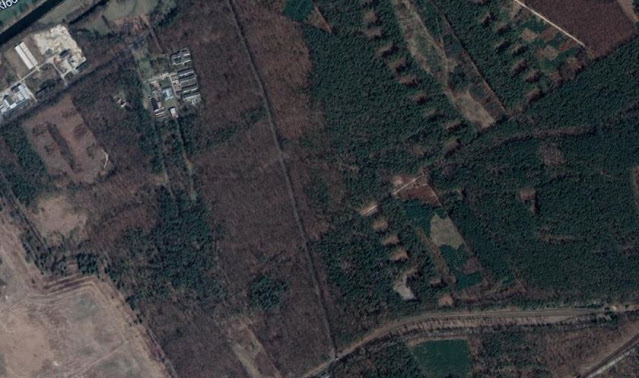Blechhammer
Blechhammer was the second largest subcamp of Auschwitz and was located, along with several other camps, in the Blechhammer industrial area. The camp was established on 1st April 1944, utilising an existing forced labour camp that was transferred to the Monowitz concentration camp administration. The camp initially held around 3,000 male and 200 female prisoners in 25 barracks covering 10 acres. It was surrounded by a 4 metre (13 ft) high concrete wall. Around 4,500 prisoners passed through the camp during the course of its existence.
The work carried out by the prisoners consisted mostly of construction, excavation and hauling wagons. Some prisoners were forced to remove unexploded bombs following the air raid at the nearby Hydrierwerke plant.
The prisoners were occasionally subjected to selections by the SS guards, in which those considered unfit for work were removed to Birkenau where many of them were executed. Another 250 prisoners were killed at Blechhammer itself and their bodies burned in the camp crematorium.
The camp was evacuated on 21st January 1945 due to the approach of the Red Army. Prisoners from other camps were also marched through Blechhammer. More than 800 died as they marched to Gross-Rosen concentration camp, while 100 prisoners were left in the camp infirmary. However, on 26th January, around 100 to 150 German soldiers returned to the camp, where they looted the SS barracks and began to shoot some of the prisoners in the infirmary. Other prisoners were forced to carry corpses to a pit where they also were shot. Less than ten prisoners managed to escape.







Comments
Post a Comment